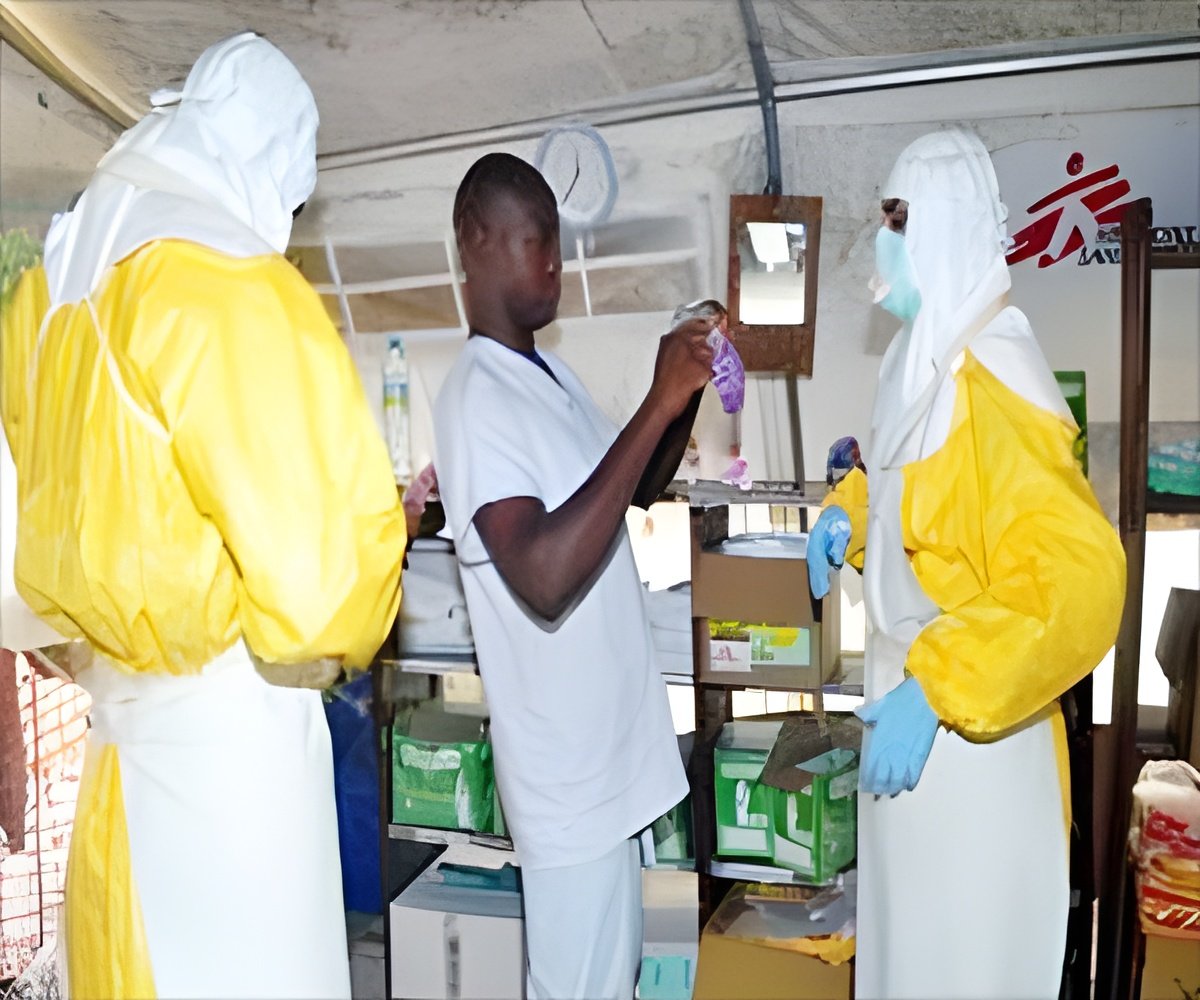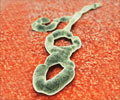
Meanwhile, doctors and nurses expressed concern about the preparedness of American hospitals, after a health care worker fell sick in the first case of Ebola infection on US soil.
Ebola has already killed more than 4,000 people in West Africa this year, marking history's largest outbreak of the hemorrhagic virus.
National Nurses United called for widespread use of the same kind of hazardous material suits worn by those at top US hospitals that have successfully treated Ebola patients.
The group also issued the results of a poll it took from more than 2,100 nurses, in which 74 percent said they had not been briefed by their hospital employers on how to deal with possible Ebola patients.
About four in five nurses also said they had not been given an opportunity to interact or ask questions about protective measures.
Advertisement
"They need to have the highest level of protective equipment in these hospitals, including hazmat suits."
Advertisement
The CDC has not yet identified any specific problem with the gear that the health care worker in Texas -- identified by local media WFAA as Nina Pham, 26 -- was wearing, or the process of taking it off, but an investigation is under way, agency director Tom Frieden said.
Texas Health Presbyterian Hospital Dallas said she was following CDC guidelines and wearing a face shield, mask, gloves and gown.
She had multiple encounters with the patient, a Liberian man named Thomas Eric Duncan, between his arrival in the hospital on September 28 and the day he died, October 8.
In Spain, a nurse who was infected with Ebola while caring for two elderly missionaries said she may have touched her face with an infected glove.
Personal protective gear can be hard to remove safely, said Mark Jarrett, chief quality officer at the North Shore Long Island Jewish Health System in New York.
"It is very difficult to get out of them without accidentally contaminating yourself, unless you do it perfectly," said Jarrett, who was not involved with the Texas hospital's Ebola case.
"Quite frankly, if you are tired or, you know, you have been working a nursing shift, it is very easy to conceive of how somebody could accidentally make an error," he told AFP.
Jarrett said the nature of the Ebola virus makes caring for patients particularly dangerous because it causes vomiting, diarrhea and sometimes bleeding -- generating liquids in which the virus thrives.
"When the patients get severely sick there are a huge amount of bodily fluids that the caregivers are exposed to which makes it riskier," he said.
- A vulnerable protocol -
The CDC is also encouraging the use of a "buddy" to help workers get in and out of the gear, Frieden said.
Shelly Schwedhelm, nursing director of the Biocontainment Unit at Nebraska Medicine, which has treated two Ebola patients, said that at her facility, there is "always someone assigned to that role."
Meticulous practice in putting on and taking off the gear is "what may be missing" at many hospitals, she said.
However, some experts have questioned whether it is feasible to get -- and keep -- thousands of hospitals up to speed with complicated protective techniques that most may never use.
According to Jens David Ohlin, an expert on international law and professor at Cornell University Law School, the real problem is the CDC's reliance on a protocol that is vulnerable to human error.
"You just can't design a protocol if the protocol requires 100 percent compliance," he told AFP.
"Because of individual human frailty, because of stress, because of the urgency of an emergency situation, there will be mistakes made."
Source-AFP









